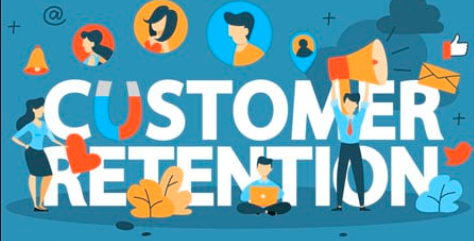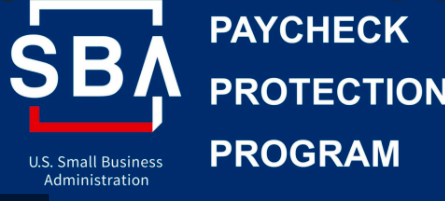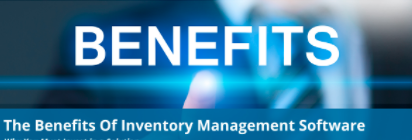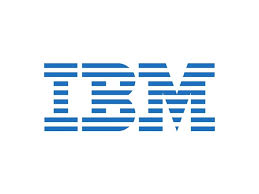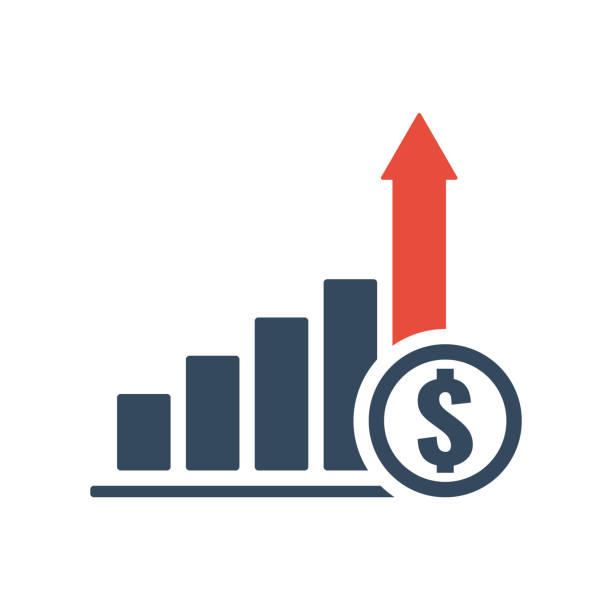Increasing Your Business
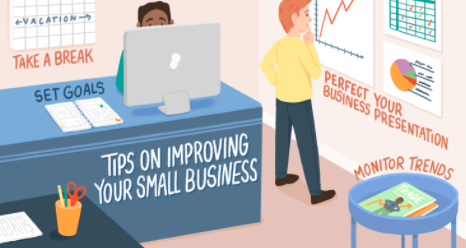
By Debbie Gregory.
To grow your Small Veteran Owned Business, you must get out the word and grow your business to new potential customers. This means you need to focus on marketing and more marketing. This article will help you evaluate ways to attract new customers to your business and retain and engage your current customers. There are a multitude of marketing channels available today and one or all of them might be a good fit for your business.
Email Marketing:
Email marketing is both effective and an inexpensive way to reach new and existing clients. It requires a solid list of contacts and engaging content. The content can tell your story and include special discounts, coupons, tips, and important information that concerns your market.
Work on building a list of contacts by capturing the email addresses of your clients, referrals, and business colleagues. You can build this list from asking customers to fill out or register on your website or blog, live and industry event and subscriptions. It makes sense to offer those that register value too. Keep those on your list engaged by sending them emails regularly with a concise and strong subject line or call to action that tells those receiving your email your message. Always include something of value in your message such as valuable information or discounts.
There are excellent email services available that are fairly cost effective to assist you. These services will help you design, compose with content, and deploy your emails. Additionally, they will help you manage your contact lists and view the results of your emails to learn what works best. Some of most popular services include iContact, Constant Contact, MailChimp, AWeber and GetResponse to name a few.
Direct Mail:
Direct Mail should be included on the list although it can be much more costly than email marketing. Direct mail includes catalogs, postcards, flyers and can help build the identity of your brand and business. Printed materials are something more tangible and will get attention since as they are mailed. You will need the snail mail addresses of your customers and potential customers. You can use your own list and/or supplement it by renting a list from a direct mail vendor.
Social Media:
Social media is an excellent way to truly engage your customers and potential customers as well as learn their preferences. There are five major social media platform and they include:
- Facebook that has over one billion users and allows you to post, invite and use targeted ads. Many feel that Facebook can provide the biggest bang or return on investment.
- Twitter is a huge platform that allows you to share ideas, information, and insights concisely with a limit of 140 characters.
- LinkedIn is a professional networking site that enables you to connect with other businesspeople and post insights and join like-minded professional online groups that will increase the reach of your business.
- Instagram is visual and you can share images, photos, and videos to showcase your product line and/or service.
- Blogging is an effective way to tell the story of your business and share your products and expertise.
It does not matter if you use one or all of them. It is important to post regularly, respond to comments, complaints, and inquiries and really listen to what prospects are telling you online.
Advertising:
This is one of the most effective methods to let potential customers know about your business. It can be expensive, so it is imperative to plan carefully and identify your target market to time and place ads in the best venues for your needs. Place ads where your customers go for information on the products and services that you offer. Print ads are very expensive, and you may wish to consider digital ads that are much less costly and reach a larger audience. Some options for digital advertising include Facebook, Twitter, LinkedIn and pay-per-click ads.
Some free advertising to consider and claim are online directories including Yelp and Google Plus. These reach a huge audience and the best part is they are free so be sure to complete your business profile and ask satisfied clients to post positive reviews.








